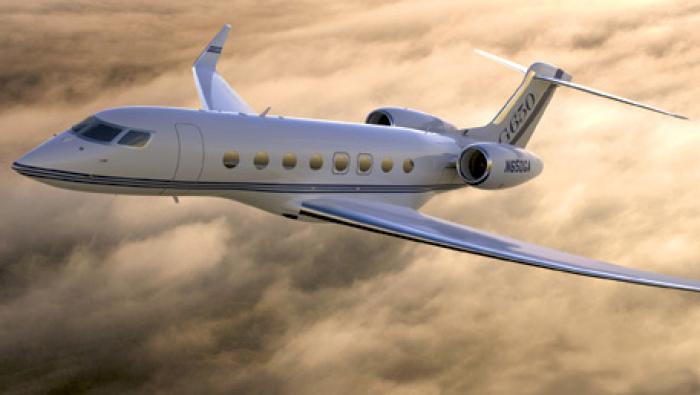Cessna’s Citation CJ4 isn’t just another derivative of the CitationJet family–it is a clean-sheet design that incorporates some of the best features found in other Citations. “It has the best of the Encore-plus’s cockpit and cabin, the Mustang’s wide cabin door, Sovereign-style wing performance and the CJ3’s external baggage capacity,” said Citation 500-series product marketing manager Brett Palmiero.
First flight of the 11-seat model is planned for spring 2008, with FAA certification to follow in late 2009. Service entry of the $7.995 million (2006 $) CJ4 is expected in spring 2010. While some believe the CJ4 could be an “Encore killer,” Cessna insists the two models can coexist. However, “the market will ultimately decide the fate of the Encore,” Palmiero said. Cessna has orders for 70 CJ4s.
According to preliminary data released by Cessna, the CJ4 will be able to climb directly to its 43,000-foot ceiling in 28 minutes. Range of the new twinjet is projected at 1,825 nm, while the balanced field length is expected to be 3,300 feet. Powering the new model will be a pair of 3,400-pound-thrust Williams FJ44-4A turbofans.
A new, moderately swept wing will make the CJ4 the fastest of the CJs with a top cruise speed of 435 ktas, 20 knots faster than the CJ3. The new wing will also have a lift-dump system and hinged flaps. The CJ4 will incorporate single-point refueling, which is a first for the CJ line.
Inside, the CJ4’s cabin is slightly wider than those of its CJ siblings, and optimal window placement allows for a better view for passengers, while with four inches of added width at the floor yields more legroom. Taking a cue from the Mustang, the new CJ has a 24-inch-wide cabin door that doesn’t taper at the top, making it easier for passengers and crew to enter the twinjet. The CJ4’s fuselage is 21 inches longer than the CJ3’s and includes an external baggage compartment.
The standard cabin layout is a six-place club seating arrangement with a seventh side-facing seat and a belted aft lavatory seat. According to Palmiero, the CJ4’s seats are more contoured and comfortable than those in the other CJ models. A newly styled refreshment center resides behind the pilot’s seat and includes a heated liquid container, ice chest and other storage. A two-place divan is available as an option.
LED cabin lighting comes standard on the CJ4. Also standard is an integrated cabin management and entertainment suite, offering both cabin lighting/environmental control and an audiovisual system capable of playing CD/DVD/MP3 media. A single XM satellite radio receiver is standard, and additional XM units, LCD displays and other cabin equipment are available as options.
Like its siblings, the CJ4 comes with the Rockwell Collins Pro Line 21 avionics system, though the new jet has four screens versus the three-screen layout in the smaller CJs. The airplane also offers a new tilted panel with push-button switches, more ergonomically designed pedestal and redesigned crew seats that have two inches more legroom than the CJ3. Electric windshields are a first for a CJ.
Like the newly announced XLS+, the CJ4’s Pro Line 21 system has an advanced diagnostic system that “works at the airplane level, not just at the avionics level.” The diagnostic system has a data collection unit that records and stores all PC board input/output and other specified bus data. This data is accessible via a USB port in the flight deck pedestal.
Preliminary specifications include a 1,840-nm range, 1,000-pound full-fuel payload, 16,510-pound mtow and a 2,100-pound max payload capability. “The CJ4 builds on the CJ lineage buts adds next-decade architecture,” Palmiero said. “It has the strongest performance and payload balance in its class while offering benchmarking standard features and amenities.”







